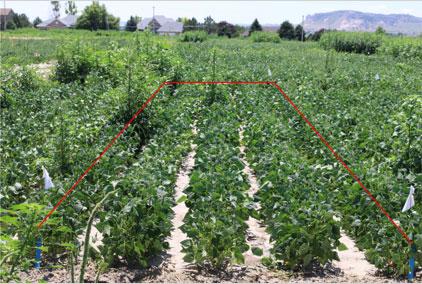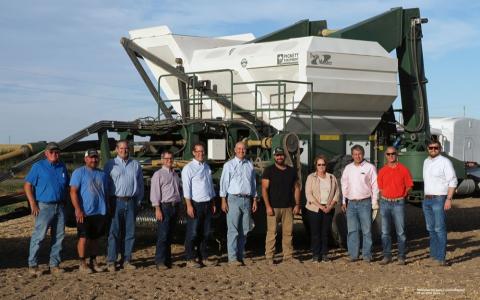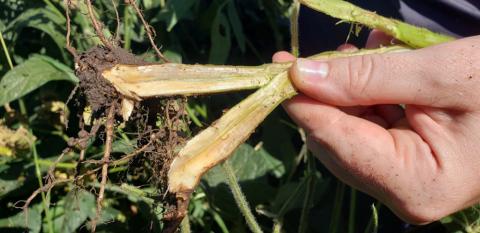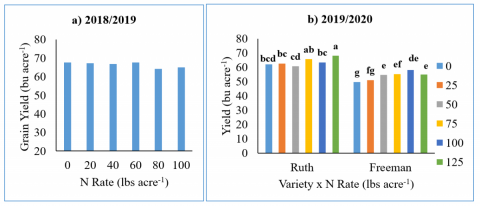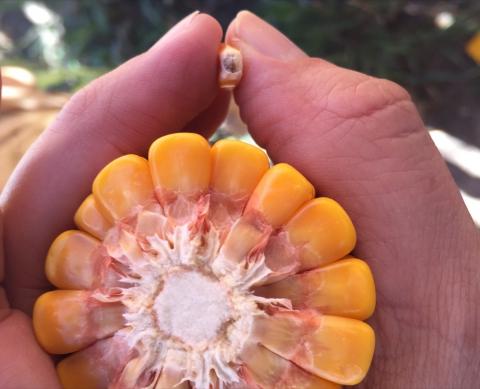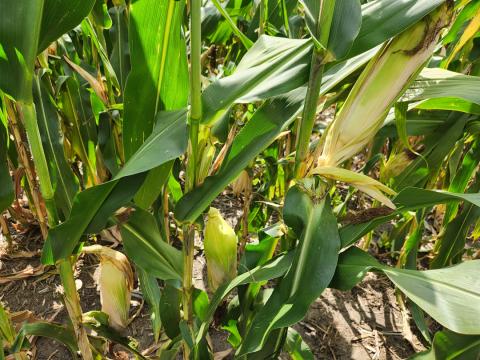Recent Water & Crops Field Day Available Online
September 16, 2020
The UNL West Central Research, Extension and Education Center recently held their annual Water and Crops Field Day virtually. If you were unable to attend or would like to catch some of the other presentations from the day, all of the presentations are now available online.
How to Control Palmer Amaranth in Dry Beans in Nebraska
September 10, 2020
Palmer amaranth emergence occurs throughout the season, generally from early May to late August. Consequently, weed control programs targeting Palmer amaranth need to provide season-long control, or from planting through canopy closure.
Nebraska Dry Bean Commission Hosts Field Tour for U.S. Agriculture Trade
September 10, 2020
The Nebraska Dry Bean Commission hosted a field tour for Ambassador Gregg Doud, Chief Agricultural Negotiator in the Office of the United States Trade Representative on Sept. 2nd and 3rd in the Nebraska Panhandle.
Soybean Diseases Developing in Nebraska
September 4, 2020
Patches of yellowing or dying soybeans have been observed and are a cause of concern across many areas of Nebraska. Some of these areas are due to several diseases described here, but other conditions may impact the development of these spots.
Improving Nitrogen Management in Dryland Winter Wheat Production
September 3, 2020
Over the past two years of the study across multiple locations, we found that yield response to applied N rates was evident only in the wet year.
September 2020 Disease Reports from the UNL Diagnostic Clinic
September 3, 2020
The following diseases and pests were reported in samples submitted to the UNL Plant and Pest Diagnostic Clinic from August 16 through September 2, 2020.
Extension Crop and Pest Reports (Aug. 31-Sept. 4)
September 3, 2020
Extension educators report on what they are seeing in the fields this week in the Lancaster, Saline, Jefferson, Gage, Dawson, Buffalo, Hall, Colfax, Stanton and Cuming Counties.
Drooping Corn Ears Across Nebraska
August 25, 2023
Across Nebraska, when scouting you may start to see more ears that have prematurely drooped. What is causing this phenomenon in our corn? And what does this mean for yield in those fields affected?

